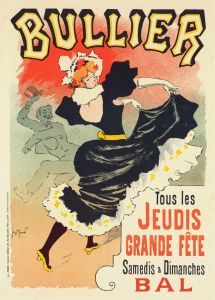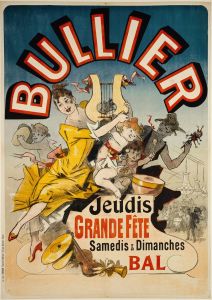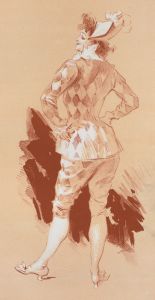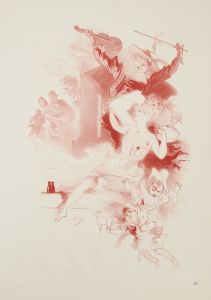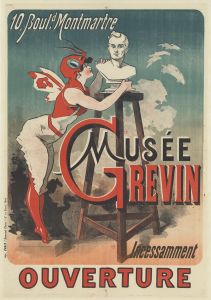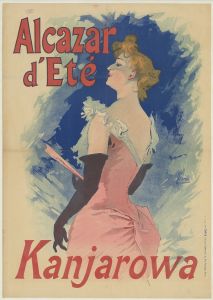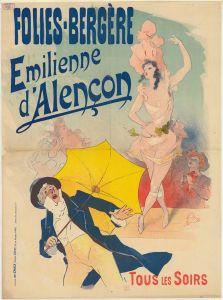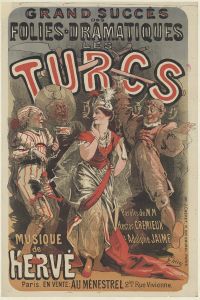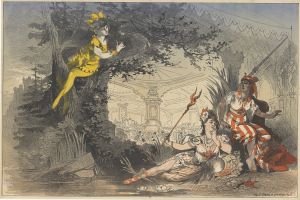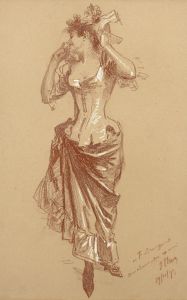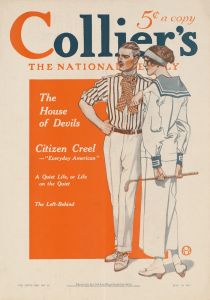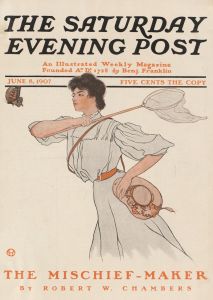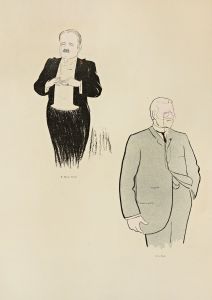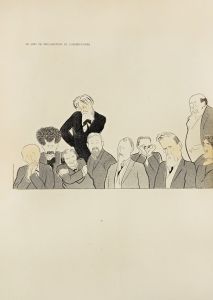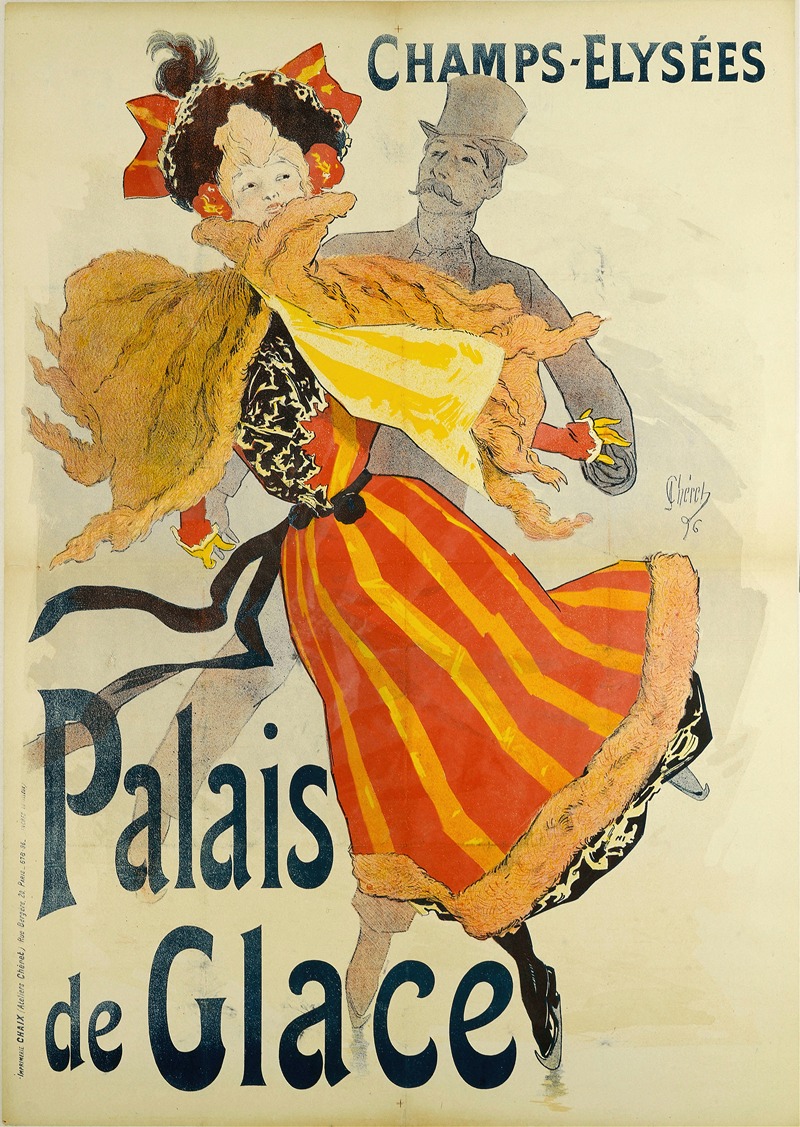
Champs-Elysees Palais de Glace
A hand-painted replica of Jules Chéret’s masterpiece Champs-Elysees Palais de Glace, meticulously crafted by professional artists to capture the true essence of the original. Each piece is created with museum-quality canvas and rare mineral pigments, carefully painted by experienced artists with delicate brushstrokes and rich, layered colors to perfectly recreate the texture of the original artwork. Unlike machine-printed reproductions, this hand-painted version brings the painting to life, infused with the artist’s emotions and skill in every stroke. Whether for personal collection or home decoration, it instantly elevates the artistic atmosphere of any space.
Jules Chéret, a pivotal figure in the development of poster art, created the artwork "Champs-Elysees Palais de Glace" during the late 19th century. Chéret, often referred to as the "father of the modern poster," was instrumental in transforming the medium into a respected art form. His work is characterized by vibrant colors, dynamic compositions, and a distinctive style that blends elements of fine art and commercial design.
"Champs-Elysees Palais de Glace" is a poster that exemplifies Chéret's innovative approach to advertising and art. The Palais de Glace, located on the famous Avenue des Champs-Élysées in Paris, was a popular ice skating rink during the Belle Époque period. It attracted a fashionable crowd and was a symbol of the leisure and entertainment culture that flourished in Paris at the time. Chéret's poster was designed to capture the excitement and allure of this venue, enticing Parisians and visitors alike to experience its offerings.
The artwork features Chéret's signature style, with lively figures and a sense of movement that brings the scene to life. The use of bright, bold colors is a hallmark of Chéret's work, drawing the viewer's eye and conveying a sense of joy and vitality. The composition typically includes elegantly dressed figures, often women, engaging in the activity being advertised—in this case, ice skating. Chéret's ability to depict the human form with grace and dynamism is evident in the fluid lines and expressive poses of the figures.
Chéret's posters were not only advertisements but also works of art that contributed to the visual culture of the time. They were displayed prominently in public spaces, making art accessible to a broad audience and influencing the aesthetics of the era. His work paved the way for future generations of graphic designers and artists, establishing the poster as a legitimate and influential art form.
The impact of Chéret's work extends beyond the realm of art and design. His posters reflect the social and cultural dynamics of late 19th-century Paris, capturing the spirit of an era marked by technological advancements, urbanization, and a burgeoning entertainment industry. The Palais de Glace, as depicted in Chéret's poster, is emblematic of the leisure pursuits that became increasingly popular among the urban middle and upper classes during this period.
In summary, "Champs-Elysees Palais de Glace" by Jules Chéret is a quintessential example of the artist's contribution to the evolution of poster art. Through his innovative use of color, composition, and subject matter, Chéret not only advertised a popular Parisian venue but also created a lasting piece of cultural history. His work continues to be celebrated for its artistic merit and its role in shaping the visual landscape of the Belle Époque.





